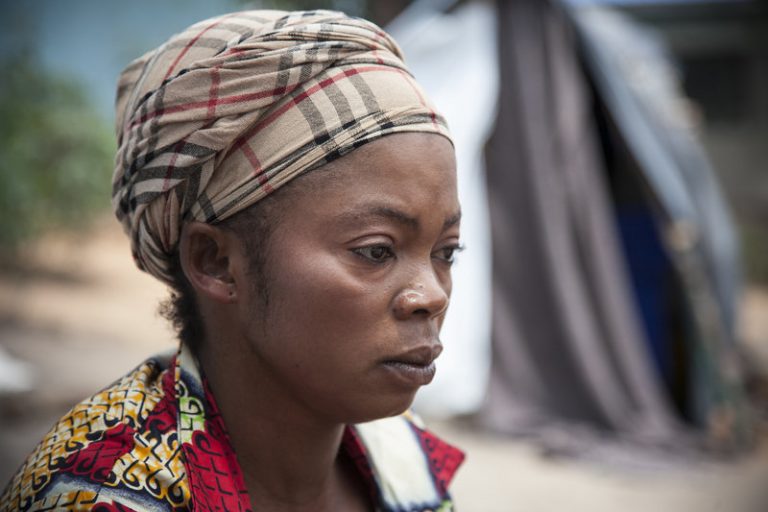A post from the Stillbirth Advocacy Working Group stillbirths series by Paula Quigley
Pregnant women in rural communities across Africa face enormous challenges in accessing appropriate health care. Often there are few healthcare providers available locally with the appropriate skills needed for managing complications that may arise during the pregnancy or birth.i But there are also other barriers at community level, including a lack of household funds, limited transport options to reach the health facility, lack of social support for the family or limited knowledge and awareness of danger signs in pregnancy.ii These barriers combine to result in higher rates of maternal and neonatal mortality and stillbirths among these populations and health systems are struggling to cope.iii
However, in Zambia some communities are rising to the challenge. Building on an existing government initiative of community volunteers – the Safe Motherhood Action Groups (SMAGs) and supported initially with funding from UK aid and subsequently from Comic Relief – a UK-based charity, communities established their own response systems to address their many barriers. These were identified locally by ordinary community members and volunteers, in collaboration with traditional leaders, the district health teams, local health facility staff and community facilitators. The design process ended with a bespoke action plan for each community, led by the community volunteers. The two programmes, Mobilising Access to Maternal Health Services in Zambia or MAMaZ and MORE MAMaZ, operated between 2010 and 2016.
An empowerment approach mobilised the communities around a maternal and newborn health (MNH) agenda and built local capacity to act. Figure 1 outlines the elements of the approach.


The Volunteer Training uses a simple and effective methodology:
• The training content is based on issues and challenges defined by the community
• Innovative teaching methods are used to train community volunteers (SMAGs)
• Training methods are appropriate in low literacy setting (body tools and songs)
• Training methods empower and encourage sharing of problems and action planning
• Volunteers are given time to practice and internalise the training (no need for training manuals)
• Training is followed up with coaching and mentoring support
Volunteers (SMAGs) then facilitate the establishment of the community-owned responses – figure 2 shows the range of community responses and figure 3 indicates the effectiveness of the training approach:


The results achieved by the programme provide robust evidence of the effectiveness of the approach. Critical MNH indicators improved significantly more in the intervention sites compared to control sites – see figure 4.iv Although the programme did not measure mortality or stillbirth rates, it is highly likely that the improved access to essential services also had an impact on health outcomes. In all the intervention communities there was a strong perception that fewer mothers and babies were dying than before. In addition, the approach is sustainable (as shown by the high volunteer retention rates), builds community capacity and agency, particularly for women, and is socially inclusive. Such approaches can contribute to developing strong people-focused health systems that build upwards from the community.

—
i Willcox et al. 2015. Human resources for primary health care in sub-Saharan Africa: progress or stagnation? Human Resources for Health 2015 13:76 https://doi.org/10.1186/s12960-015-0073-8
ii https://www.ruralhealthinfo.org/topics/healthcare-access
iii Countdown to 2030: tracking progress towards universal coverage for reproductive, maternal, newborn, and child health. Lancet 2018; 391: 1538–48
iv Quigley P, Green C, Soyoola, M, Kureya T, Barber C, Mubuyaeta K. Empowering women and communities to promote universal health coverage in rural Zambia. Development in Practice. 2018. Aug 30. 28(4): 948-959. https://www.tandfonline.com/doi/full/10.1080/09614524.2015.1027148
This post from a member of the Stillbirth Advocacy Working Group (SAWG) reflects the perspective of the author alone; it does not represent the views of the SAWG.
The Stillbirth Advocacy Working Group was founded by the Partnership for Maternal, Newborn and Child Health, and is co-chaired by the International Stillbirth Alliance and the London School of Hygiene & Tropical Medicine. Email co-chairs Hannah Blencowe or Susannah Leisher at hannah-jayne.blencowe@lshtm.ac.uk or shleisher@aol.com to learn more, or sign up to join the group here!

